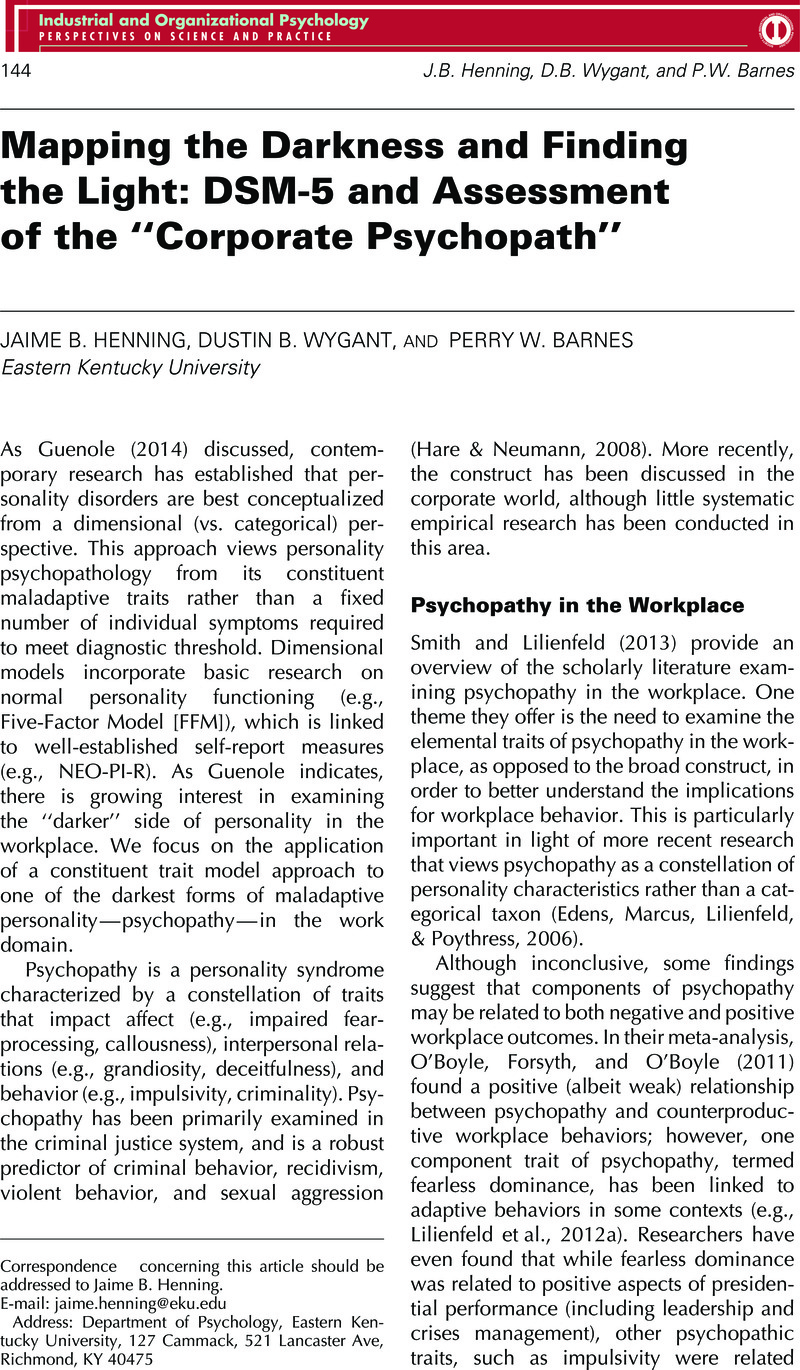Crossref Citations
This article has been cited by the following publications. This list is generated based on data provided by Crossref.
Schyns, Birgit
2015.
Dark Personality in the Workplace: Introduction to the Special Issue.
Applied Psychology,
Vol. 64,
Issue. 1,
p.
1.
Fritzon, K
Bailey, C
Croom, S
and
Brooks, N
2017.
Psychology and Law in Europe.
p.
139.



